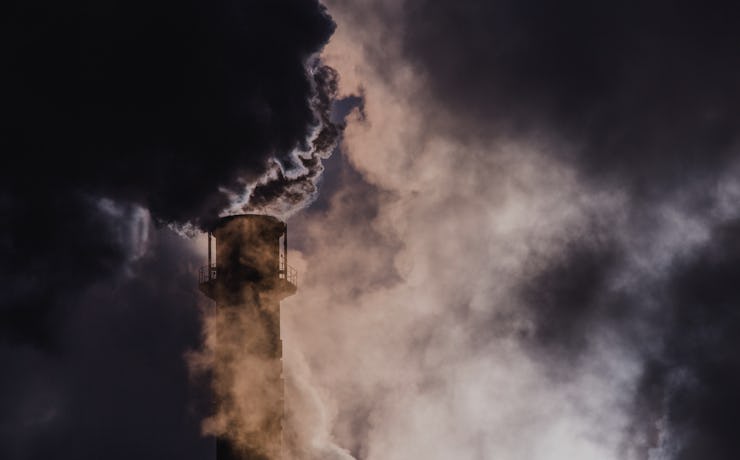When New York's Air Quality Gets Worse, You Can Thank the Environmentalists
Nuclear plant shut-down could end up hurting air quality and put people at risk.

Environmentalists celebrated a victory over nuclear power this week, having successfully hounded the Indian Point Energy Station in New York out of existence. It wasn’t quite the legal victory they had been hoping for, but a combination of constant activism and low energy prices have led Entergy Corporation to announce that all the power station’s reactors will go silent no later than 2021.
In hailing the move, New York Governor Andrew Cuomo repeated his allegation that Indian Point has been a “ticking time bomb” ever since its first reactor came online in 1964, and called its closure a win for renewable power. But is it? There is currently no agreement guaranteeing where this replacement energy will come from — enough energy to power a quarter of New York City and Westchester County.
The Indian Point nuclear power plant will close but what could replace it could be worse for the environment.
The implication is that the power that will replace the nuclear power will come from renewables — but history says this move to improve the “safety” of New Yorkers will end up exposing them to exponentially higher risks.
That’s because, regardless of how the government thinks this move will prove their commitment to renewables and kickstart investment, commitment really wasn’t ever the problem with renewable power. Cuomo keeps promising that the project will replace Indian Point’s 2,000-megawatt capacity for “negligible cost to taxpayers,” even though that claim is directly at odds with his wish to see renewables come in.
Natural Gas?
The reality is that zero-emissions power generation is expensive — whether it’s coming from a nuclear reactor or a wind turbine. Oil prices are still low, and they seem unlikely to climb anytime soon, while the natural gas industry continues to expand and keep its pricing near all-time lows.
As a result, it’s worth asking how much the emissions from these inevitable replacement plants will affect the health of New Yorkers in, as Cuomo puts it, the most densely populated area of the United States. China has been dealing with the air quality problems associated with never-ending bets on coal and natural gas, and one upcoming program to combat this involves retrofitting coal plants into nuclear reactors. With its wide public distrust of nuclear power, the United States could be headed in exactly the opposite direction.
Just how big a problem is this, at the end of the day? Well, we can work it out on a rough deaths-per-terawatt scale. According to the WHO and other international sources, the rate per terawatt for coal around the world is 161, for natural gas it’s 4, and for nuclear? 0.04. That number includes both Chernobyl and Fukushima, the only deadly nuclear disasters in history.
Going based off of Indian Point’s maximum capacity, it could generate something like 17.5 TWh per year, meaning it should kill an average of about 0.7 people per year. By comparison, that same year of coal power will kill over 2,800 people. Natural gas, roughly 70.
These numbers are largely due to the effects of airborne particulates, killing through respiratory failure, heart disease, and more. Indian Point was a problematic power station that had a number of safety events over the past several years, and these concerns should not be ignored — but when our electricity comes from carbon-emitting power plants, we’re starting a similar safety event every time we start our car, or watch TV, or even turn on the lights